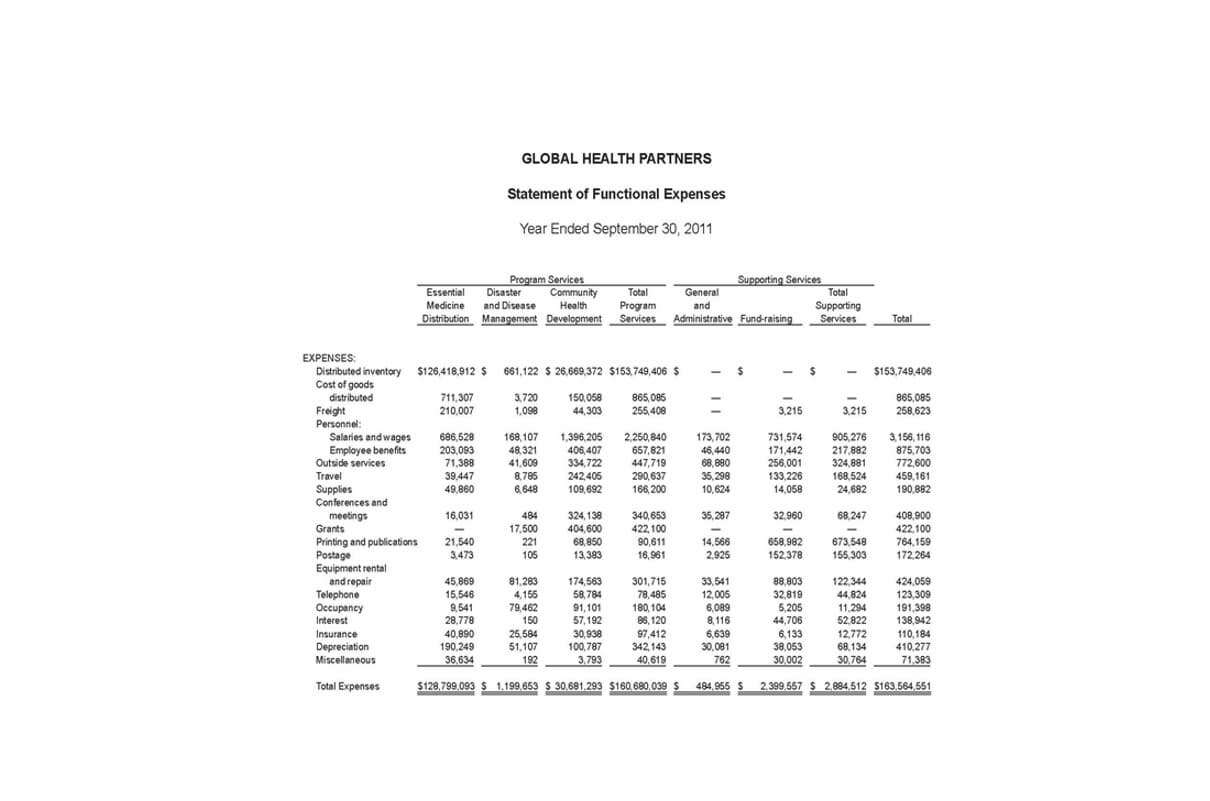
Typically, multi-step income statements are used by larger businesses with more complex finances. However, multi-step income statements can benefit small businesses that have a variety of revenue streams. There are several ways multi-step income statements can benefit your small business. The income statement serves as a tool to understand the recording transactions profitability of your business. The income statement can also help you make decisions about your spending and overall management of business operations. Income statements should be generated quarterly and annually to provide visibility throughout the year.
What Is the Difference Between Operating Revenue and Non-Operating Revenue?

To determine if an EBITDA balance is attractive, consider a company’s EBITDA over time and how the balance compares with industry benchmarks. If the balance increases from year to year, the business is increasing sales and controlling costs, the trend makes the company more valuable. To better understand the EBITDA formula, here is Premier Manufacturing’s multi-step income statement. The Revenue section shows that Microsoft’s gross margin, also known as gross (annual) profit, for the fiscal year ending June 30, 2023, was $171.0 billion. This number is arrived at by deducting the cost of revenue ($ 74.1 billion) from the total revenue ($245.1 billion)—in other words, revenue minus the multi step income statement amount it costs to produce that $245.1 billion. Revenue realized through primary activities is often referred to as operating revenue.
How do you calculate gross profit in a multi-step income statement?

The operating income is the profit that you have left after subtracting the operating costs from the gross profit. It illustrates the profitability of a company’s core business activities as well as serves as a powerful indicator of performance. Operating income measures only the result of operating activities minus non-operating income and expenses. This measure offers useful information about how efficient and profitable your existing operations are. The single-step income statement is an extremely simplified format that subtracts total expenses from total revenue, one at a time, to obtain net income. It’s an income statement that talks about only the bottom line and does not differentiate between operating and non-operating activities.
Revenue Section

The last caption on the Income Statement is Income taxes amounting to 641$. Let us take the real-life example of Apple Inc.’s annual report on September 29, 2018. First, fill up the blank spaces based on the following available information. There are three formulas you need to use for this method of calculating net income. In any business, customers can return the goods as the product might be broken, faulty, or may malfunction. Such transactions are what you observe under Sales Return and Allowances account.
How to Prepare a Multi-Step Income Statement: A Step-by-Step Guide
- Following income from operations, the statement includes non-operating activities, which encompass revenues and expenses not related to the primary business operations.
- Conversely, if a company cannot generate enough profit, then the value of the stock is likely to plummet.
- Typically, publicly-traded companies prepare and publish a Multi-Step Income Statement quarterly and annually.
- Income Statement might also include expenses which are recognized despite that cash will be paid later.
- Preparing multi step income statements is easy when generated automatically with accounting software and ERP system reports.
- This caption represents revenue for the goods sold or services provided during a given period of time.
As the revenue and expenses are segregated into operating and non-operating accounts, it provides greater insight into the company’s financial performance. A very small business like a sole proprietorship is more likely to prepare a single step income statement. Many small businesses and larger companies prepare multi-step income statements. The format of the multi-step income statement contains Non-Operating Head as the third section.
- The primary distinction between a single-step and a multi-step income statement lies in the level of detail and the way financial information is presented.
- Using income statements, ratios, and other financial statements, businesses can benchmark their financial results to other companies in the industry to gauge their relative performance and make improvements.
- In summary, the multi-step income statement provides a comprehensive view of a company’s financial performance by breaking down revenues and expenses into meaningful categories.
- Payment is usually accounted for in the period when sales are made or services are delivered.
- Beyond just numbers, it tells a tale of how a business earns its revenues and incurs its costs, thereby offering stakeholders a comprehensive understanding of profit generation.
- Using the accrual method can generate large differences between EBITDA and cash flow.
- A multi-step income statement calculates net income and separates operational income from non-operational income—giving you a more complete picture of where your business stands.
The classified income statement subdivides operating expenses into selling and administrative expenses. Thus, statement users can see how much expense is incurred in selling the product and how much in administering the business. Statement users can also make comparisons with other years’ data for the same business and with other businesses.
Income Statement: Definition, Types, Templates, Examples, and More

These formatted templates calculate margins and subtotals not shown on single-step statements. The detailed breakdown better highlights relationships between accounts to assess operational efficiency. Operating expenses in a multi-step income statement are the costs necessary to run the business that are not directly tied to the production of goods or services. Examples include payroll for employees, rent, utilities, advertising, and general administrative expenses.
Types of Businesses that Use a Multi-Step Income Statement
That means before figuring out how much profit or loss during the period, we need to find the operating revenues, operating expenses, and non-operating income as well as non-operating expenses. The multiple-step income statement is the template that use to prepare an income statement by recording the operating income and operating expenses separately from non-operating income and non-operating expenses. Income statements are important for assessing a company’s financial performance. Businesses can manage revenue and expenses in the financial plan and budget with variance analysis. Companies use Income statement projections to model and set financial goals. An income statement should be prepared monthly at the end of each accounting period, quarterly, and year-end for financial reporting.
Income statement Remote Bookkeeping reports show financial performance based on revenues, expenses, and net income. By regularly analyzing your income statements, you can gather key financial insights about your company, such as areas for improvement or projections for future performance. First, the gross profit is computed by deducting cost of sales from sales.
